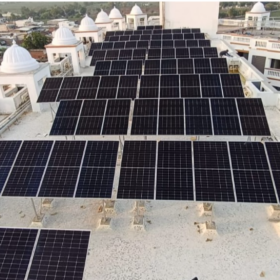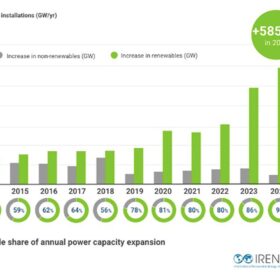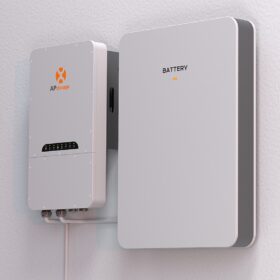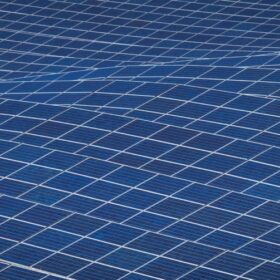Kosol Energie installs 250 kW solar system at rest house in Salangpur Dham
Kosol Energie has installed a 250 kW solar power system at Shree Gopalanand Swami Yatrik Bhavan, an 1,100-room rest house on the premises of the Lord Hanuman Temple in Salangpur, Gujarat.
India installed 18.5 GW of utility-scale solar, 4.59 GW rooftop PV in 2024
Waaree Energies led solar module shipments with a 14.1% share of the overall supplies in the Indian market during Jan-Dec. 2024 period.
Myanmar earthquake disrupts solar wafer production, global supply chain
The recent 7.7-magnitude earthquake in Myanmar has disrupted solar wafer production in western China, where about 50% of the country’s wafer capacity is concentrated. Major manufacturers have suspended operations due to equipment failures, raising concerns over supply shortages and higher global solar prices.
Renewable energy sector in 2025 and beyond
Governments worldwide are enacting policies that encourage investment in green technologies. As businesses recognise the long-term benefits of transitioning to renewable sources, private capital is increasingly flowing into innovative projects that promise sustainable returns.
Solar adds record 452 GW to global renewables capacity in 2024
Global renewables capacity grew by a record 585 GW in 2024, with solar accounting for 452 GW, according to the International Renewable Energy Agency (IRENA). Solar and wind together made up 96.6% of the increase.
Technical guidebook for building-integrated photovoltaics
As the global transition toward sustainable energy intensifies, building-integrated photovoltaics (BIPV) has emerged as a critical innovation in merging renewable energy with architectural design. The recently published guidebook “Building-Integrated Photovoltaics: A Technical Guidebook,” edited by IEA PVPS Task 15 experts Nuria Martín Chivelet, Costa Kapsis, and Francesco Frontini, offers a comprehensive resource for architects, engineers, and urban planners looking to integrate BIPV into the built environment. This article explores the book’s key insights, including applications, challenges, and future pathways.
Home batteries vs. power generators
Assessing the difference in cost, functionality and operations of fueled generators versus home batteries.
Compressed air energy storage system for homes, businesses
Segula Technologies has launched its Remora Stack product, a containerized isothermal air compression storage solution the company claims is 70% efficient.
Bridging the digital divide: The reality of transformation in renewable energy
Digital adoption across the renewable energy value chain reveals a stark imbalance. Operations and maintenance (O&M) has embraced digitalization most enthusiastically, with SCADA systems and IoT-enabled devices revolutionizing efficiency through real-time monitoring and resource optimization. However, engineering, procurement, and construction (EPC) processes remain surprisingly under-digitized despite their critical importance.
Global solar installations could reach 1 TW next year
BloombergNEF reports the world installed nearly 600 GW of solar power in 2024, closely aligning with projections that annual global solar installations will surpass 1 TW within the next few years. Although projections for 2025 currently fall short of that pace, early forecasts often underestimate actual deployment.















